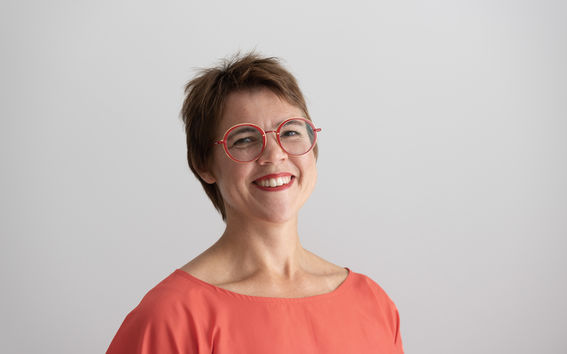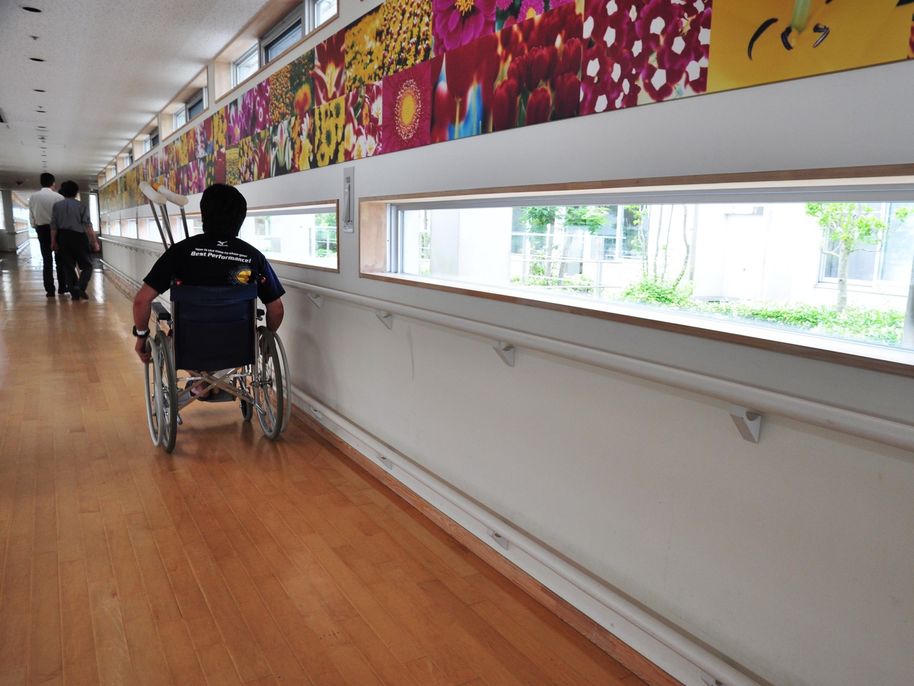'Care environments should be planned more user-friendly'

What is your research about?
In my dissertation, I examine the aesthetics of care environments as experienced by the users and stakeholders. Aesthetics studies usually focus on what can be perceived by visual perception, but this study instead approaches the aesthetics of care environments in a holistic manner, founded in the multisensory experience.
The study compares different types of healthcare buildings; hospitals, clinics, rehabilitation centres and facilities for the elderly. I interviewed patients and residents, family members and visitors, care staff, the administration and architects. They each experience the care environment from their own perspective. Thus, there are several different interests affecting the care environments at the same time.
I selected ten case studies for my research, five of which are in Japan and five in Europe. What they have in common is that they are high-quality, award winning care environments. In the interviews, I also questioned whether these state-of-the-art environments are perceived of as such by the different user groups. There were also critical voices indicating that they may not function as well on all levels and for everyone.
What is important in it?
The aesthetics of care environments carry huge potential to induce wellbeing, enhance quality of life and, thereby, affect the healing and rehabilitation of patients and residents.
To start with, the goal of designers, architects, and constructors should be to create care environments where as many people as possible can be happy. Patients and residents in particular should be the main focus for decisions made, as care environments are being built for them.
The key question is how to design care environments that create well-being and make the users, also the ones who might be in poor physical condition, happy. One conclusion in my research is that all different user groups should be listened to at an early phase, at the stage of planning.
In the results, one of the central values that united all user groups, was that human privacy, integrity, is important. There is a need for single rooms, for one’s own private space, where it is possible to be in peace and without disturbing others. In addition, spaces for social interaction are essential. The patients, users, should also have a possibility to influence on the spaces.
The importance of natural light and views from the premises also emerged in the results: the buildings should have windows to different directions and a controlled light environment, not dazzling or too bright light. Patients and residents should really have a view outside. Connecting to the outside world is psychologically important, as a way of keeping track of the time of the day and the season.

How can your research be utilized?
The built environment is very important and thus we should invest in the quality of it. With my research, I want to highlight factors that can be better utilized in design and construction in the future.
Thus, care environments should be carefully planned, based on listening to all user groups, but especially to the main users, the patients and residents.
The materials chosen can also increase well-being. Although care environments such as hospitals often require a high level of hygiene and easy maintenance and cleaning, in the end it is a question of attitudes and values.
In Japan, for example, many natural materials are used in high hygiene facilities, and special materials have been developed for this purpose. Thus, the use of high-quality natural materials is not necessarily more difficult from the maintenance point of view.
While people need privacy, the other side of it is that they also need small-scale communal spaces. These play a major role in reducing loneliness.
Ståhlberg-Aalto defended her dissertation ‘The Aesthetics and Architecture of care environments. A Q methodological study of ten care environments in Japan and the European countries of Finland, Sweden, the UK, France and Austria’ 1 November, 2019.
- Published:
- Updated:
Read more news

Min-Kyu Paek has been appointed Assistant Professor at the Department of Chemical and Metallurgical Engineering
Min-Kyu Paek has been appointed Assistant Professor at the Department of Chemical and Metallurgical Engineering
Aalto ARTS alum Vidha Samya’s artwork featured at the Venice Biennale 2024
The Pavilion of Finland presents ‘The pleasures we choose’ at the 60th International Art Exhibition – La Biennale di Venezia until 24 November 2024.
IoT Forge donates EUR 1 million to the School of Engineering
The donation will be used for research and education on the Industrial Internet and digital twins.